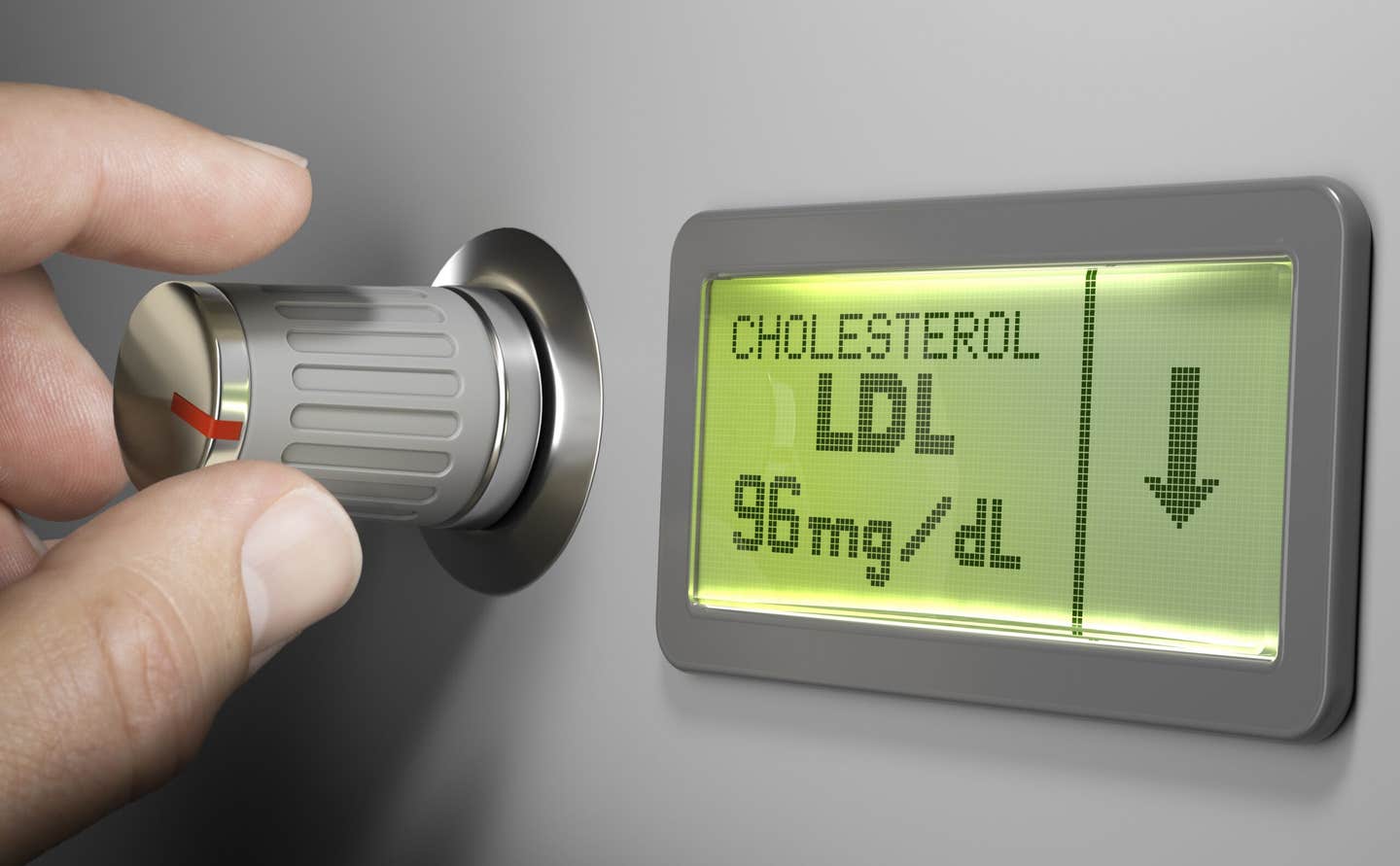Heart disease risk closely linked to biological age, study finds
Biological age predicts heart disease more accurately than standard tools, according to a major Finnish-Swedish study.

Biological age gives a clearer view of heart disease risk than traditional methods. (CREDIT: Halfpoint / Evato elements)
As you grow older, the number of birthdays you've had doesn’t always match how your body feels. That’s because there’s more than one way to measure age. While chronological age tracks the years since birth, biological age reflects how your body is actually holding up. Some people might be 65 years old on paper, but their bodies show signs of someone much younger—or much older.
The science behind biological age
Biological age shows how much your body has aged based on physical and cellular wear and tear. It's influenced by things like lifestyle, environment, and genes. Researchers have developed ways to measure this aging process. Two key tools stand out: the frailty index and telomere length.
Telomeres are the protective caps at the ends of your chromosomes. Over time, they get shorter with each cell division. When they become too short, cells can’t divide properly, which is a hallmark of aging. Telomere shortening reflects changes at the cellular level.
The frailty index, on the other hand, works at the whole-body level. It adds up a person’s health problems—like chronic illnesses, symptoms, disabilities, and emotional well-being—and gives a score between 0 and 1. The higher the score, the more frail the person is. This index acts like a snapshot of your total health burden and how much age-related damage your body has taken.
These two indicators don’t always move in the same direction. Someone might have short telomeres but not many physical health problems—or vice versa. That’s why it’s important to consider both when looking at how people age.
Traditional heart risk tools miss something important
When doctors want to estimate your risk for heart disease, they often use scoring systems like the Framingham Risk Score (FRS) or Systematic Coronary Risk Evaluation (SCORE2 and SCORE2-OP). These tools rely on age, blood pressure, cholesterol levels, smoking, and diabetes to calculate risk. But here’s the catch—they only consider how old you are in years, not how old your body actually is.
Related Stories
That matters because biological age plays a major role in heart health. If your body is aging faster than expected, your risk of heart problems can be higher—even if you’re still relatively young in years. Until now, traditional tools haven’t made room for this idea.
A major new study offers better answers
A new international study aims to change that. Scientists from Finland and Sweden—including teams from the Universities of Jyväskylä, Tampere, and Helsinki, as well as the Finnish Institute for Health and Welfare and the Karolinska Institutet—looked at over 14,000 adults with no history of heart disease.
They wanted to find out whether biological age indicators could predict heart disease more accurately than current methods alone. Their study focused on two key questions: Does a higher frailty index or shorter telomere length raise the risk of future heart disease and related deaths? And do these indicators still matter when you already know someone’s risk using tools like FRS or SCORE2?
Postdoctoral researcher Anna Tirkkonen from Jyväskylä explains, “Our study showed that the frailty index can help to evaluate a person’s cardiovascular disease risk. This was seen in three cohorts from Finland and Sweden, comprising over 14,000 individuals without cardiovascular disease history. The finding was observed for people who were older (70+) but also for those who were younger, less than 70 years.”
In fact, the frailty index not only predicted risk on its own—it also improved the accuracy of traditional heart risk tools when combined with them. That means it could serve as an easy add-on to existing methods and make heart disease predictions more personal.
“We also found that the frailty index alone can reflect the likelihood of developing cardiovascular disease over the next ten years quite accurately,” says Laura Kananen, a senior research fellow at Tampere University and the Karolinska Institutet.
Telomere length, on the other hand, told a fuzzier story. While shorter telomeres were linked to aging and disease in earlier studies, their ability to predict heart disease wasn’t as strong here. Kananen notes, “Interestingly, the results for telomere length were different. Telomere length was related to cardiovascular risk less evidently.”
What makes the frailty index so valuable?
One of the best parts about the frailty index is how simple it is to use. It doesn’t require any fancy machines or expensive lab tests. It can often be calculated using answers from a straightforward questionnaire or from medical records. That makes it accessible and cost-effective—two traits that could help it spread across healthcare systems.
Kananen explains, “Based on our findings, a frailty index that reflects the gradual accumulation of age-related health deficits and represents comprehensively the health, functioning, and overall well-being seems to be a particularly effective indicator for this purpose. It is also easy to measure. It can be derived, for example, from a relatively simple questionnaire.”
And although studies on this topic are rare, the results are promising. “There has only been one previous study addressing this issue with the frailty index and the Framingham risk score, and our findings are consistent with those results,” Tirkkonen adds.
A shift in how risk is understood
The study’s message is clear: biological age matters, especially when it comes to your heart. Even if you don’t have a known heart condition, a high frailty index can be a red flag. People with higher scores were more likely to develop cardiovascular disease or die from it over the next decade. This held true regardless of their age, sex, or traditional risk factors.
Doctors could use this extra layer of information to guide prevention. For example, someone who scores low on a traditional risk scale but high on the frailty index might need closer monitoring or earlier intervention.
Although the study didn’t suggest replacing current tools, it supports adding biological aging into the equation. Combining both could give a fuller picture of health—especially for middle-aged and older adults who seem healthy on the surface but are aging faster inside.
By recognizing how biological age shapes disease risk, healthcare may begin to shift from treating problems after they arise to preventing them before they start.
Research findings are available online in the journal Age and Ageing.
Note: The article above provided above by The Brighter Side of News.
Like these kind of feel good stories? Get The Brighter Side of News' newsletter.



